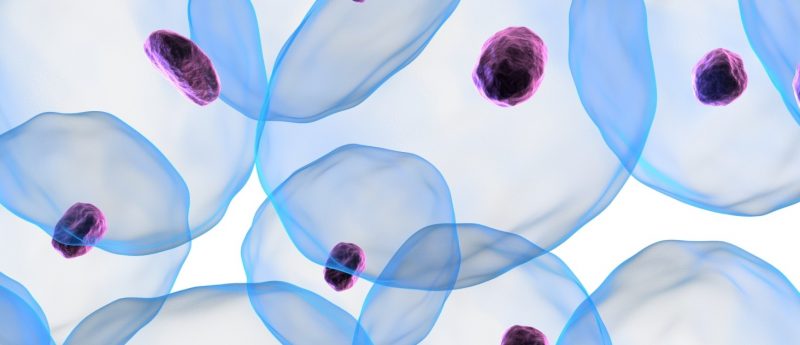Injectable hydrogel improves the survival and integration of stem cells following transplantation

Toronto scientists and engineers have made a breakthrough using a gel-like biomaterial that keeps stem cells alive and helps them integrate better into tissue after transplantation.
Researchers from University of Toronto (ON, Canada) encased stem cells in a hydrogel that boosted their healing abilities when transplanted into both the eye and the brain.The study is part of an ongoing effort to develop new therapies to repair nerve damage caused by a disease or injury. The findings were recently published in Stem Cell Reports.
Stem cells are known to hold great therapeutic promise however, once they are implanted, the stem cells often die or don’t integrate properly into the surrounding tissue.
Study leader Molly Shoichet and her team previously created the hydrogel as a kind of a bubble wrap to hold cells together during transport and delivery into a transplant site. “This study goes one step further, showing that the hydrogels do more than just hold stem cells together; they directly promote stem cell survival and integration,” explained Shoichet.” This brings stem-cell based therapy closer to reality.”
In addition to examining how the stem cells benefit from life in hydrogels, the team also demonstrated that these new cells could help restore function that was lost due to damage or disease. One part of the study involved the researchers injecting hydrogel-encapsulated stem cell-derived photoreceptors into the eyes of blind mice. This increased cell survival and integration of the stem cells, which led to partially restored vision in the treated mice.
“After cell transplantation, our measurements showed that mice with previously no visual function regained approximately 15% of their pupillary response. Their eyes are beginning to detect light and respond appropriately,” commented Brian Ballios, co-author of the study.
Given that hydrogel may be able to boost cell survival in two different parts of the nervous system, the eye and the brain, it could potentially be utilized in transplants across many different body sites. Another advantage of the hydrogel is that, once it has delivered cells to a desired place, it dissolves and is reabsorbed by the body within a few weeks.
This remarkable material has only two components: methylcellulose that forms a gel and holds the cells together, and hyaluronan, which keeps the cells alive.
Another part of the study involved injecting the stem cells into the brains of mice who had recently suffered strokes and improvement in motor coordination was observed only weeks after transplantation.
The team is now planning on carrying out similar experiments in larger animals, such as rats, which are better suited for behavioral tests, to further investigate how stem cell transplants can help heal a stroke injury.
Sources:
Ballios BG, Cooke MJ, Donaldson L et al. A Hyaluronan-Based Injectable Hydrogel Improves the Survival and Integration of Stem Cell Progeny following Transplantation. Stem Cell Reports, doi: 10.1016/j.stemcr.2015.04.008 [Epub ahead of print] (2015); University of Toronto press release: http://news.engineering.utoronto.ca/hydrogels-boost-ability-of-stem-cells-to-restore-eyesight-and-heal-brains/